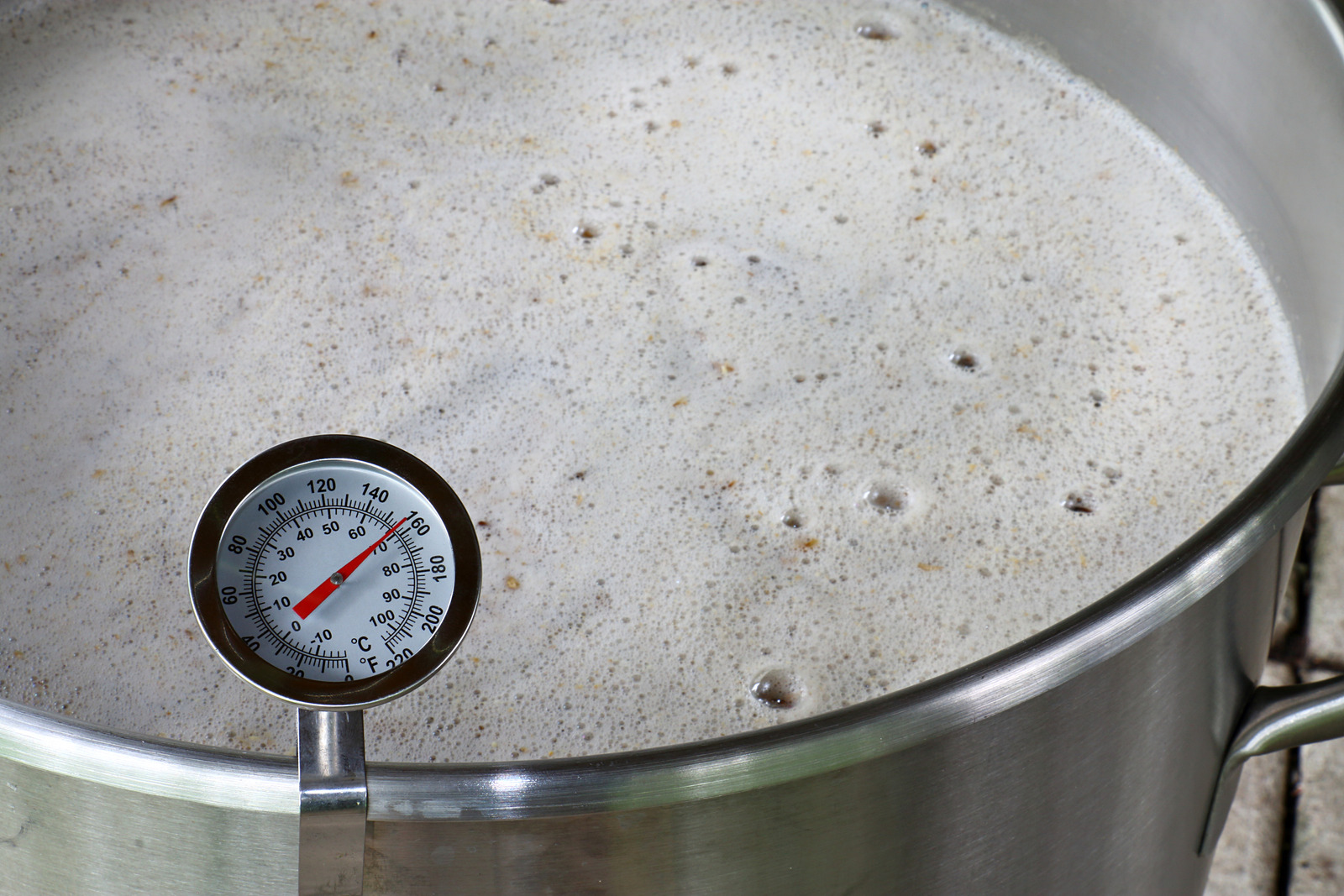What you Need to Know About Temperature Data Logger
Data recorders are crucial equipment in the industry. This electronic device can measure humidity, gas pressure, light intensity, and hydrographic condition, among many others. One of the most widely used kinds is temperature data logger, also known as a temperature monitor. If your company is thinking of investing in one, here are some necessary information you must know about this device:
How does it work
This equipment often has an inrush current thermistor to measure temperature. It functions by sensing the voltage of the diode terminal. When there is an increase in energy, the logger would also record an increase in temperature.
On the other hand, some monitors rely on vibration to measure the temperature. They are incorporated with a thermocouple having two dissimilar conductors that form a junction. When the sensor vibrates, it creates an electrical signal that is interpreted as temperature change.
Other features of a temperature monitor are built-in display system, GPS-capability, and microprocessors for storage. Its data can be retrieved wirelessly through RFID reading or by connecting the device to a cable. Almost all of the models now are portable and battery-equipped to save energy.
Use of temperature logger
Temperature loggers can be used in many settings. It is a staple equipment for many environmental scientists. For instance, marine scientists and engineers use temperature data loggers to check if the sterilisation procedure of a body of water is correct. It is also installed in aquariums to ensure that the enclosure will mimic the ideal environmental condition needed by the animal.
Furthermore, it is also frequently used in the shipping industry, especially those who are transporting sensitive products. Often, these monitors are attached to the refrigerator of the truck so that the transporter can check if the temperature is within the prescribed range.
Storage facilities of restaurant and catering services also employ temperature monitors to ensure that food will not spoil. Additionally, food manufacturers use this equipment to make sure that items such as milk are appropriately exposed to a temperature level that will promote pasteurisation.
Lastly, you can see these monitors installed in pharmaceutical companies and hospitals because vaccines and medicines are temperature-sensitive.
What to consider when buying a data logger
One of the most crucial considerations when buying a temperature logger is its measurement accuracy. When monitoring the temperature of the food storage facility, a discrepancy of +/- 2 degrees in reading will often be inconsequential. However, if you are working with medicines and vaccines, then a change of 0.2 degrees in its environment can render the whole batch useless.
Another important consideration when buying a data logger is its access option. Cheaper versions of data loggers often feature USB transfer in their devices. Though this setting is still workable in many contexts, data transfer through this method can be a hassle to some people. Wireless transmission is best for temperature loggers placed in external environments, so they can transmit data without requiring monitors to go to the site regularly.
As a general rule, your temperature logger should have a battery life of at least a year. Most models have non-rechargeable batteries, so ensuring that your battery has a long shelf life will save you money in the long run.
A temperature logger is an essential equipment in both environmental, industrial, and medical facilities. Innovations in this gadget have allowed multiple ways of storing and retrieving information about the surrounding temperature. When buying this gadget, accuracy, access option, and battery life are the primary considerations.

